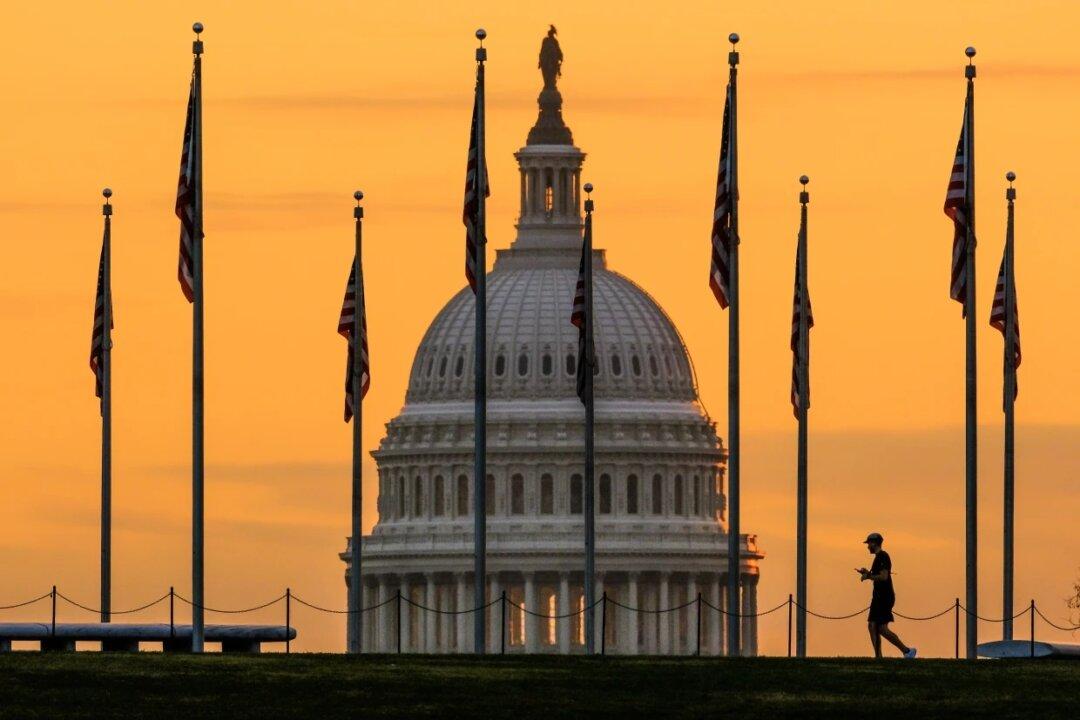Commentary
Bond ratings serve a massively important economic function. They signal to investors the quality of a debt instrument based on the likelihood that it'll be paid. The higher the rating, the more secure it is and the more certain it is to be a reliable investment. The lower it is, the more risk you take. Junk bonds, for example, can earn a huge return but one never knows for sure if the holders will ever see it.





